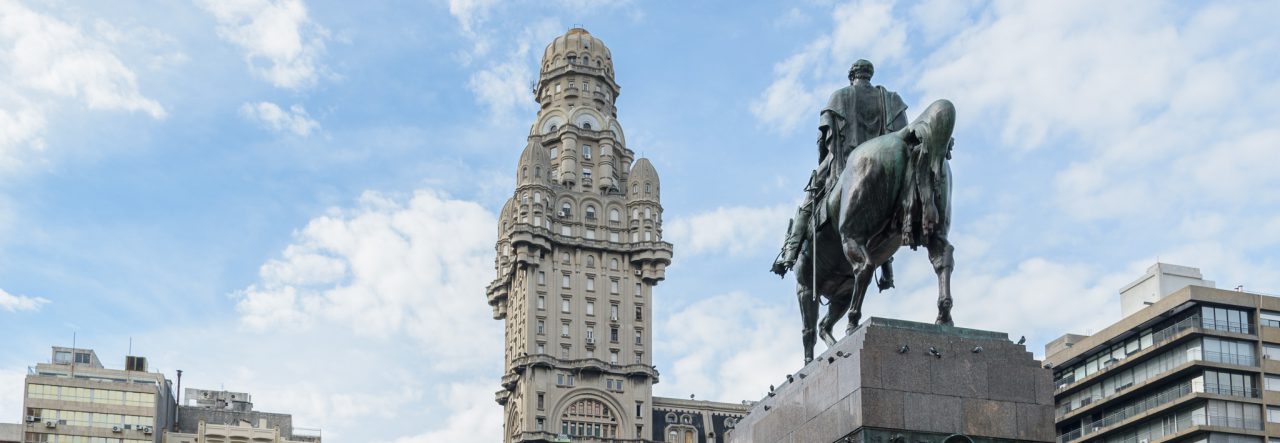
In Uruguay’s north and east, the principal areas for rice cultivation, low water reserves are forcing producers to sow less rice. According to early estimates, 40,000 less hectares will be dedicated to rice production than in 2011.
As of today, the average rice irrigation reservoir is at only 50% capacity. In the area around Artigas, as well as in practically all of provinces of Treinta y Tres and Rocha, the problem is even more severe. In those areas reservoirs are at only 40% capacity.
Hernán Zorrilla, the vice-president of the Association of Rice Culitvators (ACA), explained that the ACA expects only 180,000 hectares to be designated for rice cultivation (a decrease of 18%). Sowing has already begun in the north and will start within a few days in Uruguay’s east.
Despite the low reservoirs, Romulo Gamarra, director of the ACA, said heavy rains in the next month would create a significant problem for sowing.
He also predicted that mostly commonly planted varieties of rice would be INIA Tacuarí, which has a shorter growing cycle, and INIA Olimar which is often planted during water shortages.
“The area [under cultivation] will decrease, the question is by how much. Every producer is going over their accounts to figure out how much to plant outside the optimum planting dates [up to the end of October]. Before rice producers sowed everything that water reserves would allow, but with the current costs you have to be much more careful and work only the fields that produce good yields” said Gamarra.
According to the ACA, the cost of sowing one hectare during the last harvest was more than $2,012 USD, which is near a record high. High sowing costs left many producers in the red. ACA says these costs combined with producers switching to soy beans, which have a higher profit margin, have been the greatest reason for Uruguay’s declining rice production.
This Uruguay Business Report article is a translation of an article that appeared in the Uruguayan newspaper El País. The original article is available here in Spanish. Uruguay Business Reports translation by Donovan Carberry.

